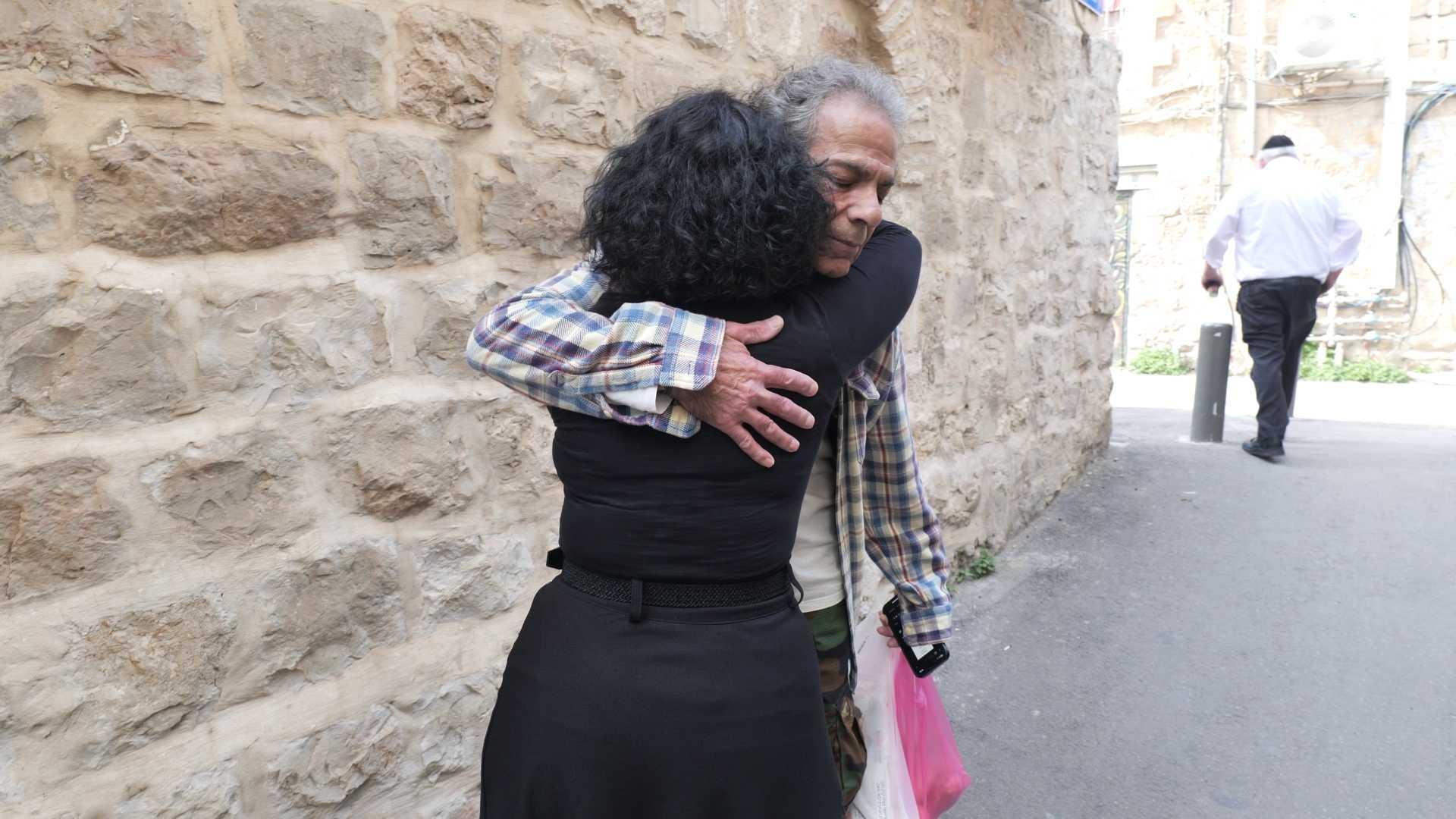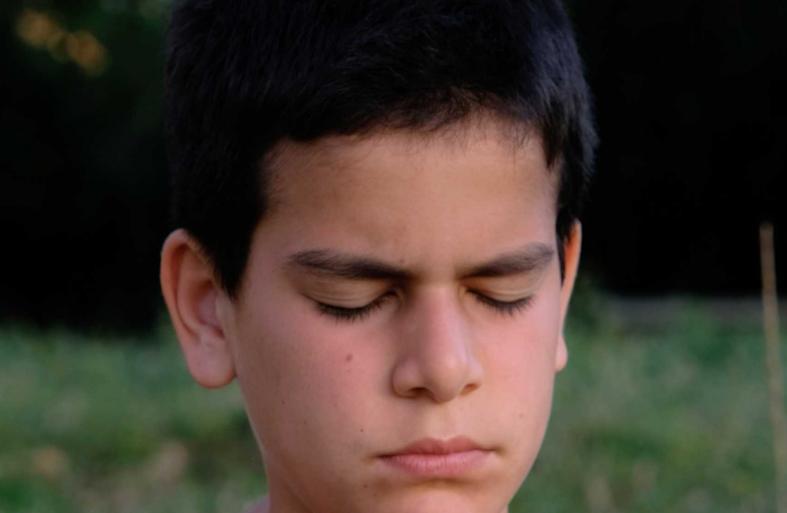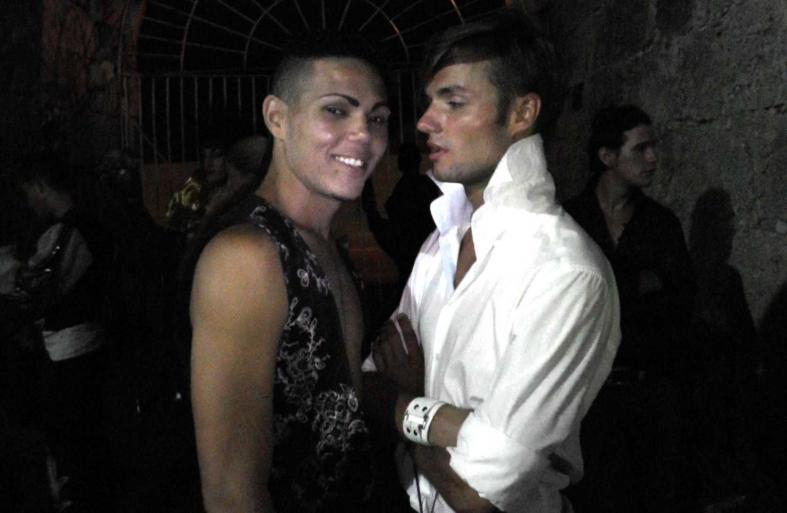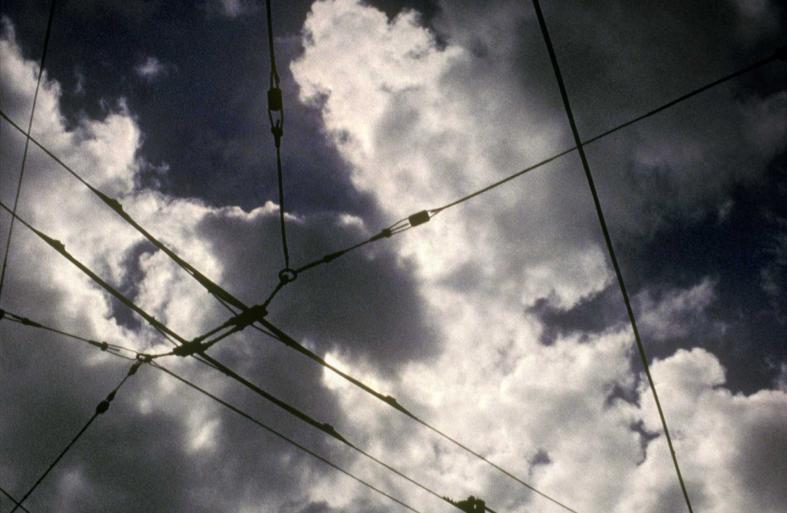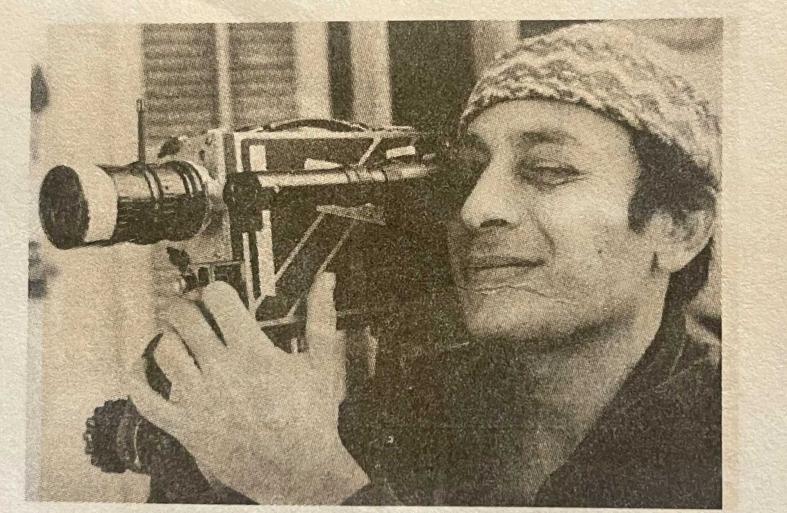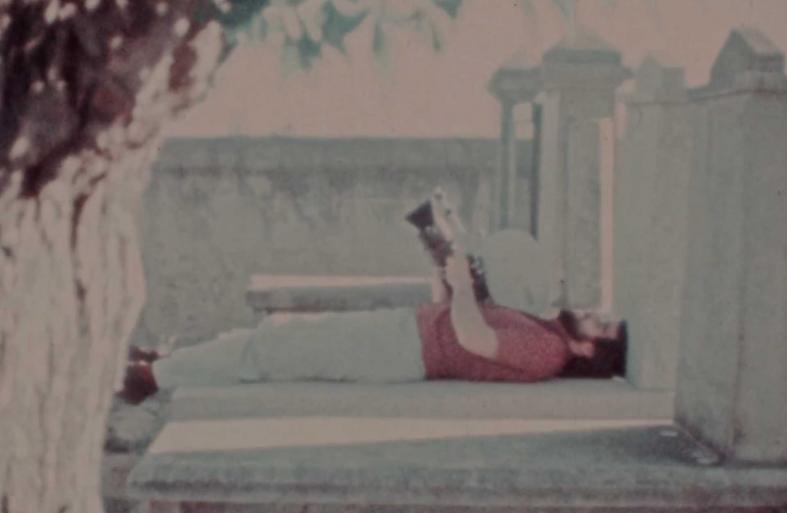For the second year in a row, the festival takes place during a time of war. Wars. Hostages remain in Gaza, destruction continues there and here, lives are being lost. The pain surrounding us cannot, and should not, be ignored. In such times, some confront reality at hand, while others turn to imagination, envisioning worlds far removed from the culture of violence and offering glimpses of a different future.
This year’s Intersections Program navigates both paths.
The Experimental Cinema and Video Art Awards features seven artists with new works that engage with the present moment through varied, poignant, and poetic forms. At the Mamuta Art and Research Center, Ruti Sela presents Hugs, an exhibition comprising four works probing the body, intimacy, and technology. Chen Sheinberg presents a tribute to Nathaniel Dorsky and Ben Hayeem, alongside the first-ever screenings in Israel of films by renowned German-Argentinian artist Narcisa Hirsch
The Intersections Program is supported by the Ostrovsky Family Fund (O.F.F.) and produced by the Mamuta Center for Art and Research.


